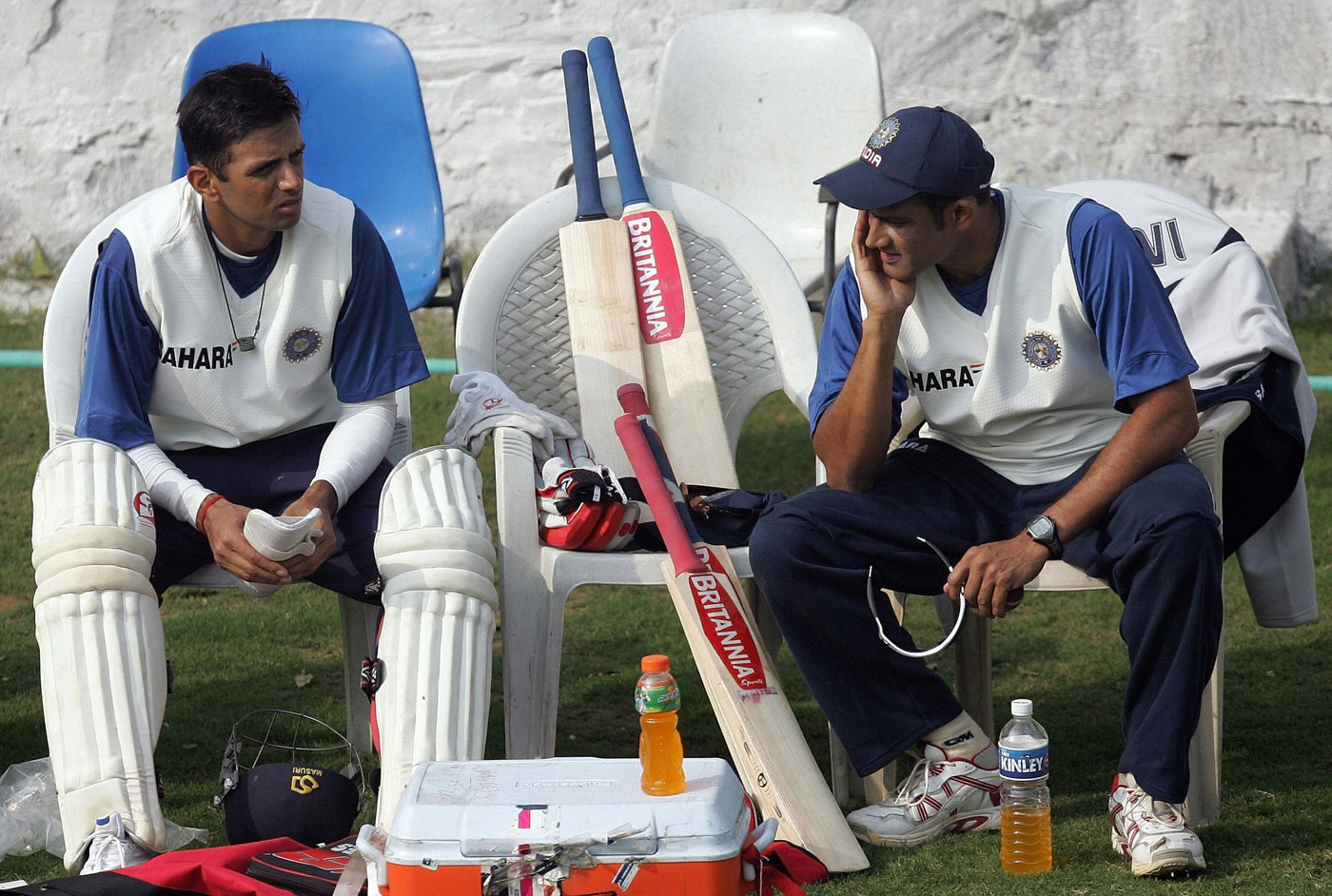
Two prominent aspects of contemporary cricket are disheartening, to say the least. The first of them is the shadow cast by periodic revelations of skulduggery in the form of match-fixing, spot-fixing and the like. The second - that of the scourge of chucking, though extremely depressing, would be irrelevant were the first to continue to besmirch the game. For, what would be the point in watching cricket with legal, illegal or suspicious bowling actions, if some unseen hand can determine the course of an over, session or match?
For the game to continue to attract loyal cricket lovers who know its intricacies as well as its history, a massive clean-up operation needs to be urgently launched on both fronts. It will be a bright new dawn that opens to untainted cricket and pristine bowling actions that do not need scrutiny on the global stage because they have passed stringent tests at the junior level.
Illegal bowling actions are, however, far easier to eradicate than cricket corruption, but we must first acknowledge the problem. The ICC's cricket committee's admission (to go by recent news reports) that "there are a number of bowlers currently employing suspect actions in international cricket" is nothing short of a bad joke. How can that be with all the precise science of measuring the flex-ion of the bowler's arms at our command? How can chuckers or suspects survive state-of-the-art scrutiny into international cricket? Do the ICC and its members have no method of eliminating illegal bowling actions before bowlers graduate from domestic cricket?
To be fair to the committee, it confesses that the ICC's reporting and testing procedures are not adequately scrutinizing these bowlers. "It recommended that changes be considered to encourage umpires and referees to identify suspect bowlers with greater confidence, to use the expertise of the biomechanists working in this area to assume a greater role during the assessment process," says the committee, which has recommended "ongoing scrutiny of bowlers once they have been identified under the ICC procedures". One of the solutions proposed is the opening of illegal-action testing centers in more countries (over and above the current facility in Australia).
While the proposal has merit, the will to remove the menace of chucking is more crucial to results than the nature and efficacy of the measures recommended. Parochial considerations should not be allowed to stand in the way of cracking the problem. One way of ensuring this would be to have an expert committee comprising recently retired cricketers and umpires (supported if must be by biomechanists, preferably with some cricketing background) closely monitor bowling actions in a tournament like the IPL, where emerging players rub shoulders with international cricketers. Ideally, such scrutiny should be backed by the re-empowerment of umpires to no-ball offenders on the field. Unfortunately, that would be wishful thinking.
Without tough legislation, how can we ever prevent the random and deliberate violation of the arm-flexing limitations in force by a bowler whose action has been cleared but is bent on bending the rules to his advantage? (In this regard, I remember what an opponent told me after one of my team-mates went for 100 runs in 20 overs but claimed six wickets in the process in a Ranji Trophy match. He said he chucked exactly six deliveries in a long spell, but chucked each of them unplayable).
Coming to the other, larger, menace of corruption in cricket, it has been heartening to hear some of the most respected voices in the fraternity of cricketers speak out against it. The Fab Four of Indian cricket, for instance, continue to inspire us after their playing days by urging young cricketers to follow their own upright examples of honesty and integrity. They stood firmly together in the international arena in the face of constant attempts to sully the game by an ugly nexus between the cricket underworld, cricketers and others. Despite that, over the past decade or so, it has taken all our loyalty to the game and its sterling ambassadors to continue to believe in the purity of the game, in the midst of horrendous rum-ours flying all around us, including Lou Vincent's recent revelations.
An acquaintance I often ran into socially in the first decade of this century, an inveterate punter, enjoyed telling me that all ODIs were fixed. However absurd that sounded, he had the last laugh more than once when his pre-match predictions were bang on target. The recent horror stories may have their origins in ICL cricket, but are they the tip of a way more widespread iceberg? Was the punter acquaintance right after all?
Amid the gloom, it is perhaps time for the Kumbles, Tendulkars and Dravids of Indian cricket to lend their weight behind efforts to stamp out cricket corruption forever by doing more than the very laudable messages they have been putting out to all constituents of the game. They and their contemporaries must share all their thinking and knowledge on the subject with the investigating agencies and help them root out the evil permanently. It can be done. It was, in England - a couple of centuries ago, when it first raised its head.
No comments:
Post a Comment